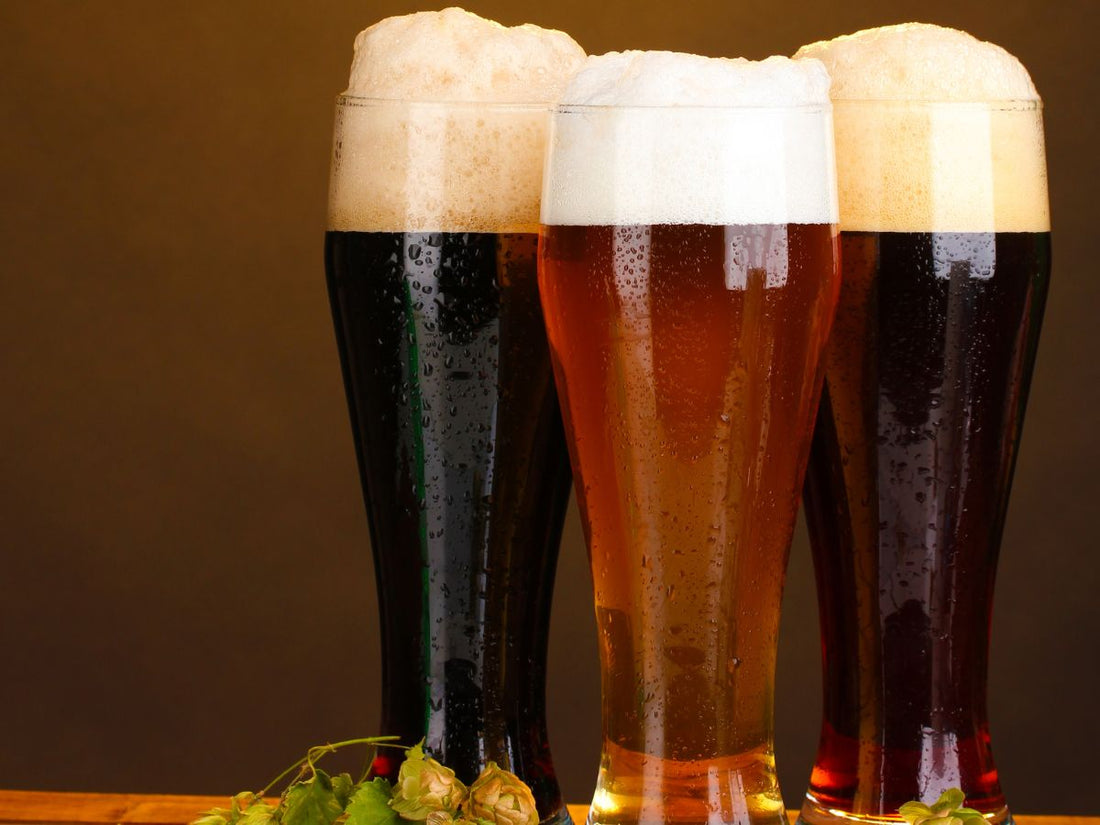Opening the Mysteries of Distillery Processes: An In-depth Overview
Within the realm of distillery processes exist details that typically continue to be veiled to the casual observer. As we venture right into the depths of spirit aging methods and the accuracy of high quality control actions, a tapestry of tastes and aromas emerges, shaped by ingenious methods and classic customs.
The Art of Mashing and Fermentation
In the distillery process, the art of mashing and fermentation plays an important function in transforming raw materials into the initial phases of alcohol manufacturing. Mashing includes the process of breaking down the starches in grains like rye, barley, or corn, right into fermentable sugars.
Yeast, a key gamer in this stage, is included to the wort to kickstart the fermentation procedure. This transformative process typically takes numerous days to complete, depending on the desired alcohol web content and flavor profile.
Mashing and fermentation are complex processes that establish the foundation for the alcohol that will at some point be distilled and aged to create a last item with unique characteristics and tastes.
Understanding the Purification Refine
One of the pivotal stages in the manufacturing of alcohol entails comprehending the distillation process. Distillation is an approach used to separate alcohol from the fermented liquid, commonly via heating and cooling down processes.

Comprehending the purification process is crucial for distillers to manage the top quality, stamina, and preference of the alcohol being produced. By grasping the art of purification, distilleries can create a variety of spirits with unique characteristics that appeal to various consumer choices.
Keys of Spirit Aging Techniques
Checking out the intricacies of spirit aging techniques reveals the hidden creativity behind the development of nuanced tastes and aromas in distilled drinks. The aging process is a critical point in the production of spirits, where the liquid connects with the oak barrels, absorbing compounds that enhance its account over time. Among the keys to successful aging depends on the selection of barrels. Distilleries typically use charred oak barrels, which impart one-of-a-kind flavors to the spirit via a process of extraction and oxidation. The period of aging is an additional essential element that distillers very carefully regulate to achieve the desired taste profile. Longer aging durations have a tendency to cause smoother, a lot more complicated spirits, while shorter durations may highlight strong, younger attributes.
Moreover, the ecological problems in which the barrels are stored play a significant duty in shaping the end product. Changes in temperature and This Site moisture can influence the price of aging and the communications between the spirit and his explanation timber. Master distillers masterfully navigate these variables to craft spirits with distinctive characters, embodying the end result of innovative strategies and classic customs.
Quality Assurance and Screening Approaches
The careful craftsmanship demonstrated in selecting barrels and regulating aging periods in the spirits manufacturing procedure highlights the important value of rigid quality assurance procedures and accurate screening approaches (Galveston Whiskey). Quality control in distilleries involves several phases to guarantee that each set meets the desired criteria. From basic material assessment to last product evaluation, each step is crucial in preserving consistency and quality
One vital facet of quality assurance is sensory analysis, where experienced professionals examine the fragrance, flavor, and overall high quality of the spirits. Chemical evaluation strategies such as gas chromatography and mass spectrometry are employed to discover any type of contaminations or deviations from the preferred structure. In addition, physical examinations like thickness measurements and pH analysis offer additional understandings right into the item's characteristics.
To guarantee adherence to internal standards and regulatory demands, distilleries also conduct microbiological testing to examine for any kind of microbial contamination that can influence the item's security and service life. By executing robust quality assurance and testing approaches, distilleries can promote their reputation for producing costs spirits continually.
Discovering One-of-a-kind Taste Mixtures

In the process of flavor infusion, the picked botanicals are included to the base spirit and entrusted to emaciate or steep for a specified period. This permits the alcohol to remove the flavors and crucial oils from the botanicals, causing an unified mix of tastes (Galveston Liquor). Distilleries may additionally use methods like vapor infusion or basket infusion throughout purification to give details flavors to the spirit
Furthermore, some distilleries choose barrel aging or barrel ending up strategies to present additional intricacy and deepness to their spirits through communications with the wood. These methods add to the production of special flavor accounts that websites attract a critical target market seeking story and unforgettable drinking experiences.
Final Thought
Recognizing the scientific research behind these procedures is necessary for producing high-quality spirits. By opening the mysteries of distillation, distillers can produce one-of-a-kind and flavorful spirits that appeal to a vast variety of customers.
As we venture right into the midsts of spirit aging techniques and the precision of quality control procedures, a tapestry of tastes and fragrances arises, shaped by ingenious techniques and classic practices. Distilleries frequently utilize charred oak barrels, which give special tastes to the spirit via a procedure of extraction and oxidation.Making use of a diverse variety of botanicals and active ingredients, distilleries can craft one-of-a-kind flavor infusions that set their spirits apart in an affordable market. Galveston Whiskey.In the process of flavor infusion, the chosen botanicals are added to the base spirit and left to macerate or steep for a given period. Distilleries may likewise use techniques like vapor infusion or basket infusion throughout purification to present specific flavors to the spirit